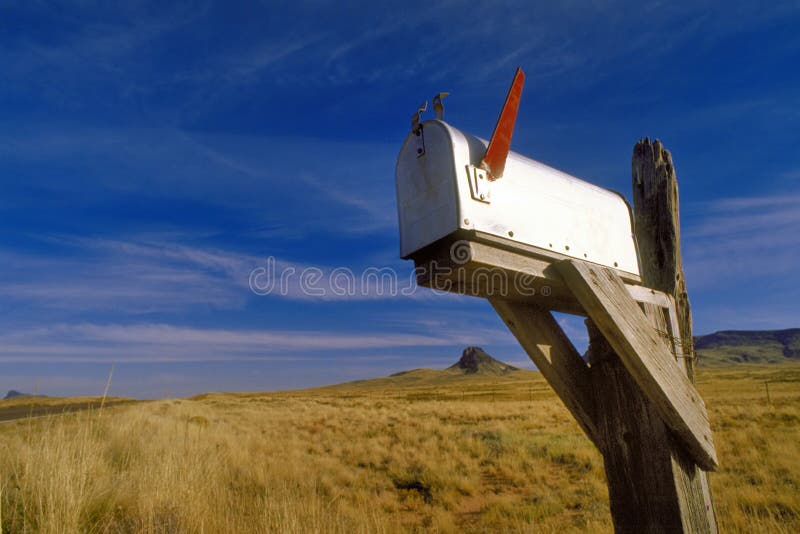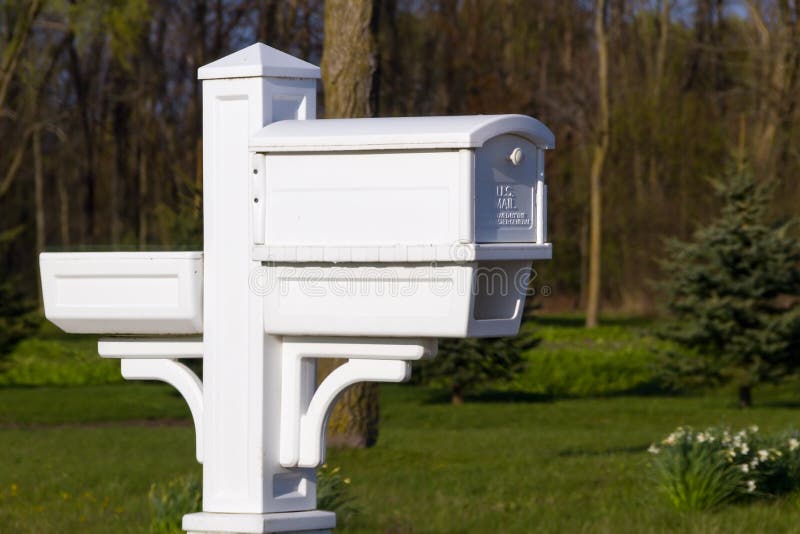
The Royal cypher is in Latin and consists of the monarch's initial, Roman numerals indicating which king or queen with that name they are, and R, standing for Regina for queens Victoria and Elizabeth II, Rex for kings Edward VII, George V, Edward VIII and George VI. These boxes date from six distinct eras, identifiable by the Royal cypher and crown proudly displayed on the front of the box. This means that postboxes which, at first glance, appear to be indentical often have many subtle differences that do not appear at first to the untrained eye. Postboxes were created by many different manufacturers and have evolved over time. 380 different pillar boxes, 80 different lamp boxes, 160 types of wall boxes and 66 Ludlow boxes. The Hunnyhill Ludlow box is now in the Isle of Wight Postal Museum.ĭespite these categories, over 700 different types of postbox have been used in Britain. Although there were two in active service on the Island at the start of the 21st Century, at Medina and Hunnyhill Post Offices, both have now been removed.

As many sub-post offices have closed few remain in service nationwide. Anyone opening a sub-post office without a postbox had to pay to have a postbox installed themselves wooden boxes were much cheaper than their iron equivalent.

An example of twin EIIR A size pillars can be found at Ryde Post Office in Union Street. Type A – The standard wide size, a cylinder 1ft 7¼in wide.Since 1910 there have been five standard sizes used on the Island although many variations do exist. The standard type of postbox, these are usually iron cylindrical pillars five feet four inches tall, red with a black base. These can be found in the following postal districts: Isle of Wight Postbox LocationsĪccording to the Post Office, the Isle of Wight has 361 postboxes still in daily use 2. Introduced in 1852, during the reign of Queen Victoria, over 117,000 post boxes are in use in Britain, and British post boxes can be found in use worldwide throughout countries that were part of Victoria's Empire 1. Postboxes have come to symbolise the centre of a caring community, a simpler time when everyone knew all their neighbours and stayed in contact through the use of postboxes.

Every Christmas, people post pictures of robins on postboxes or thatched rural villages covered in white, with only the red of the postbox shining through. These loyal red and black devices allow anyone from the most rural communities to the heart of a busy city centre to send letters, small parcels and postcards to anywhere in the world. Postboxes have been upstanding pillars of every British Community in a very literal sense for over 150 years.


 0 kommentar(er)
0 kommentar(er)
